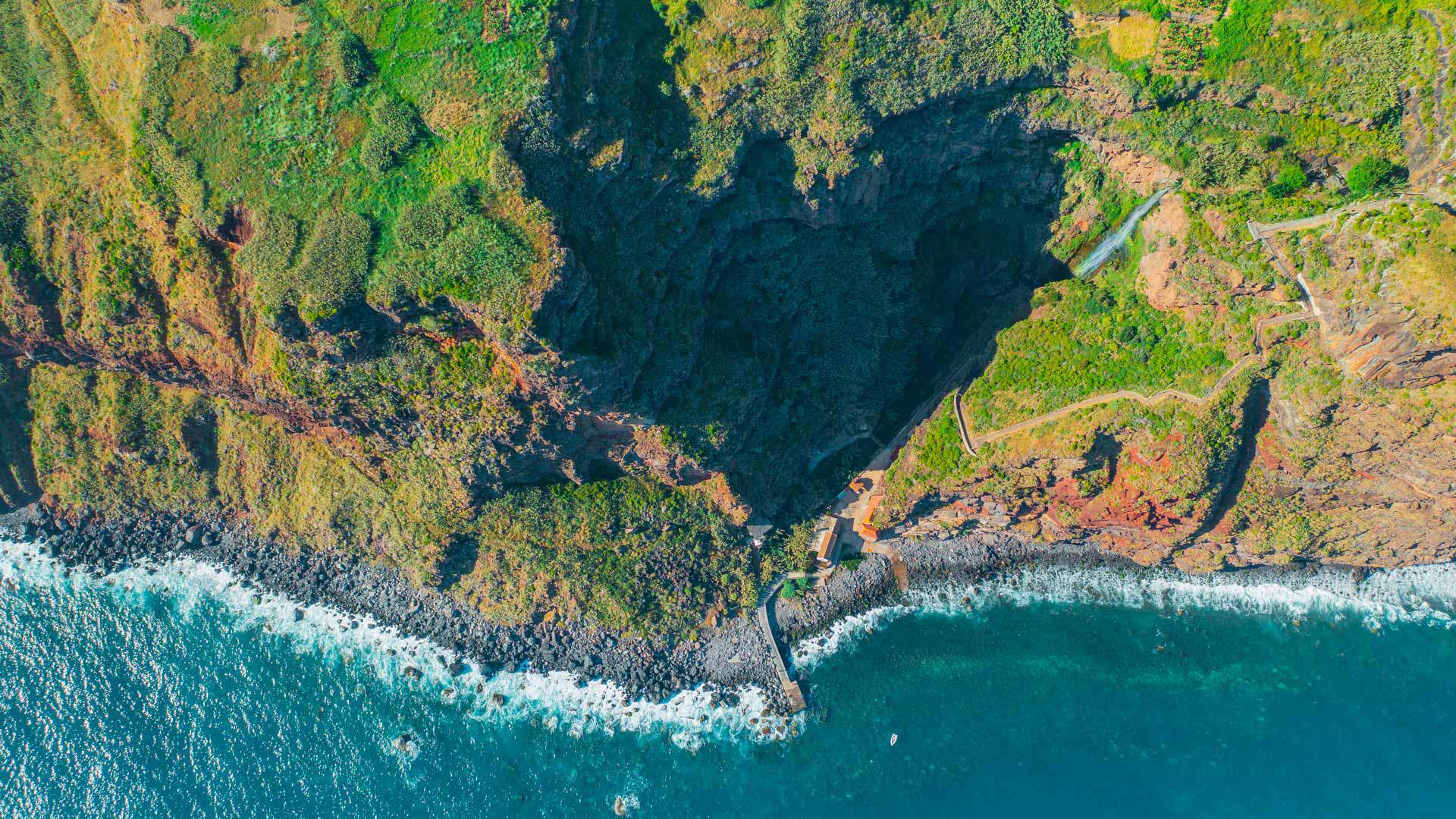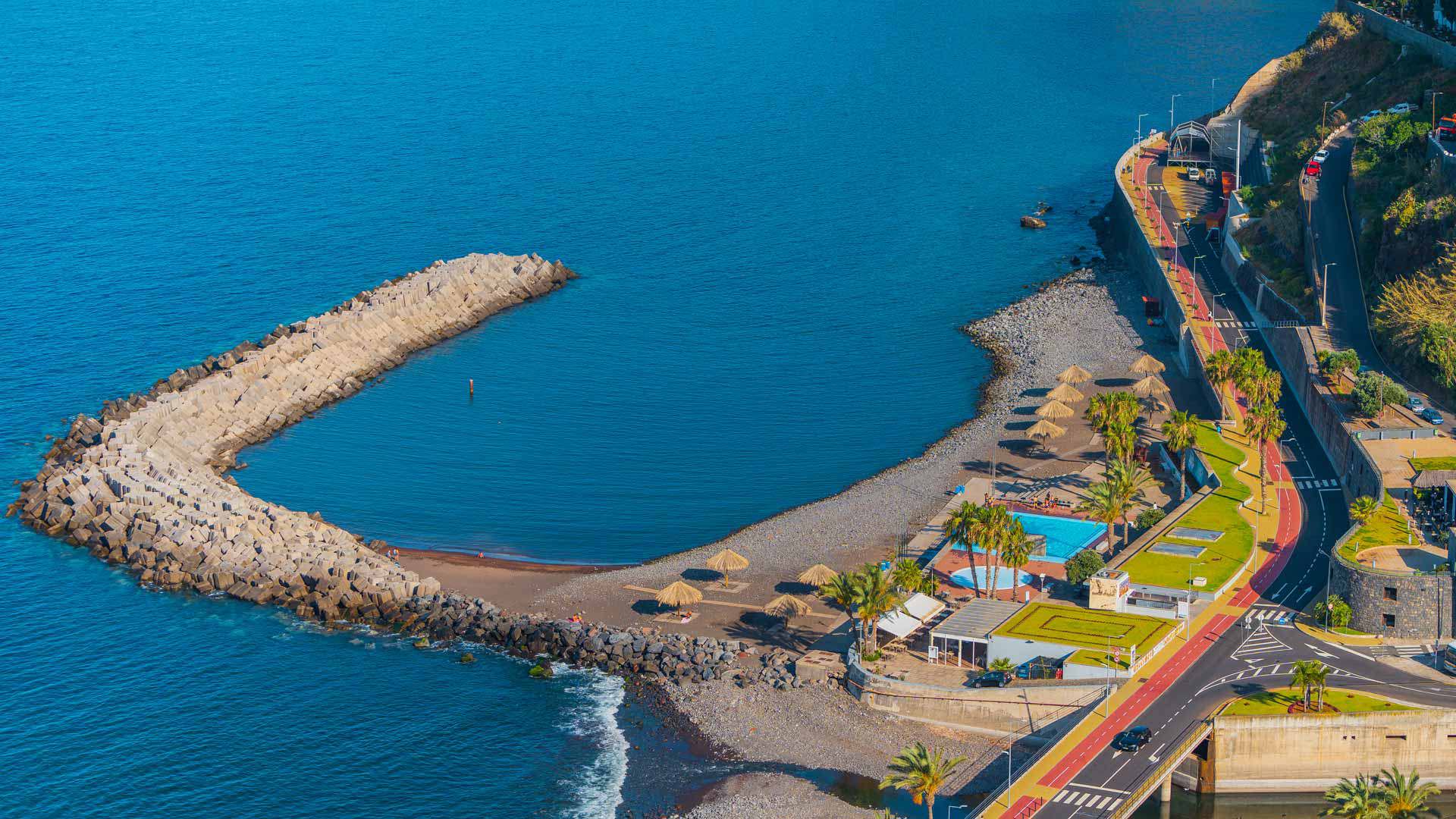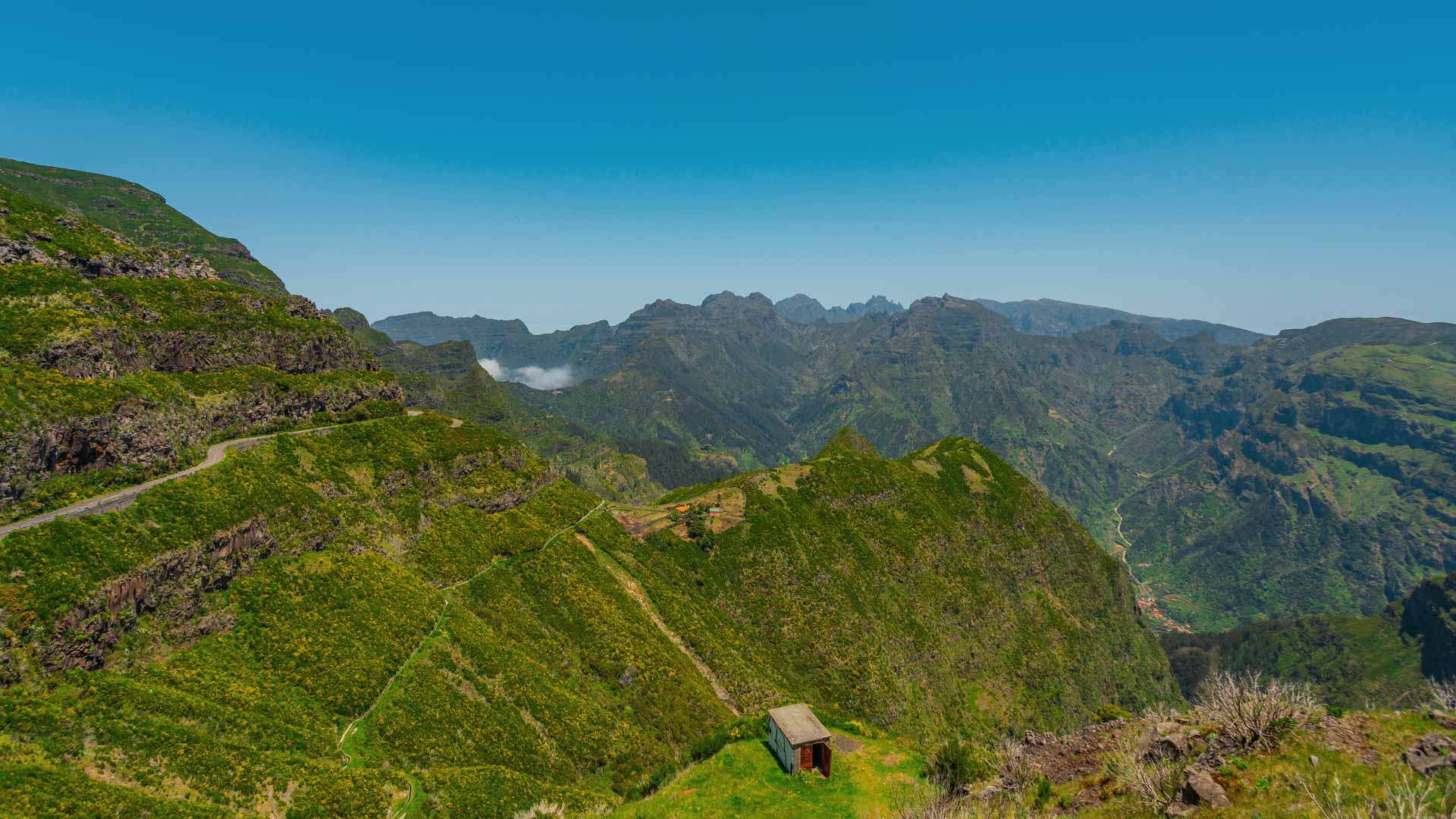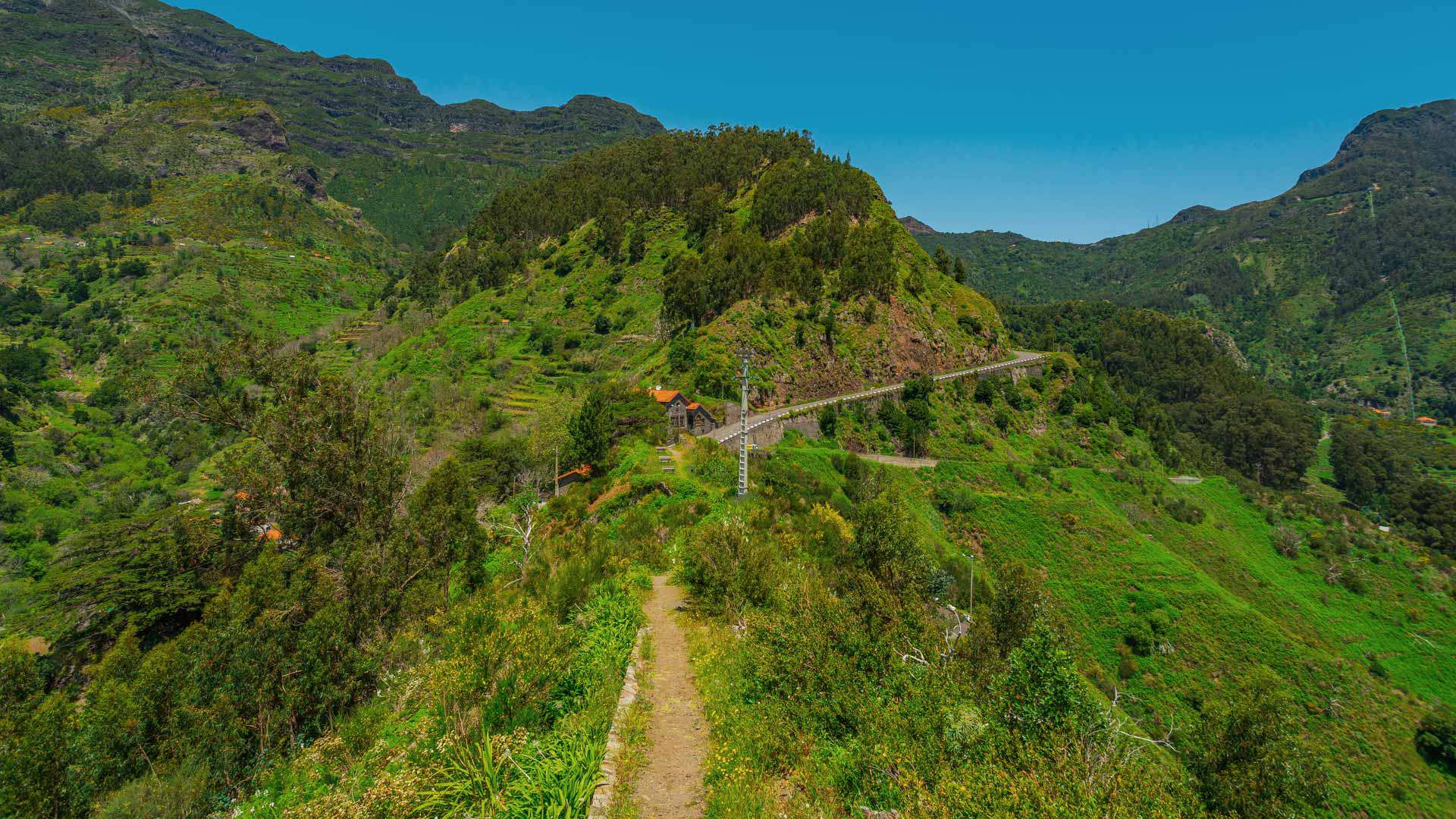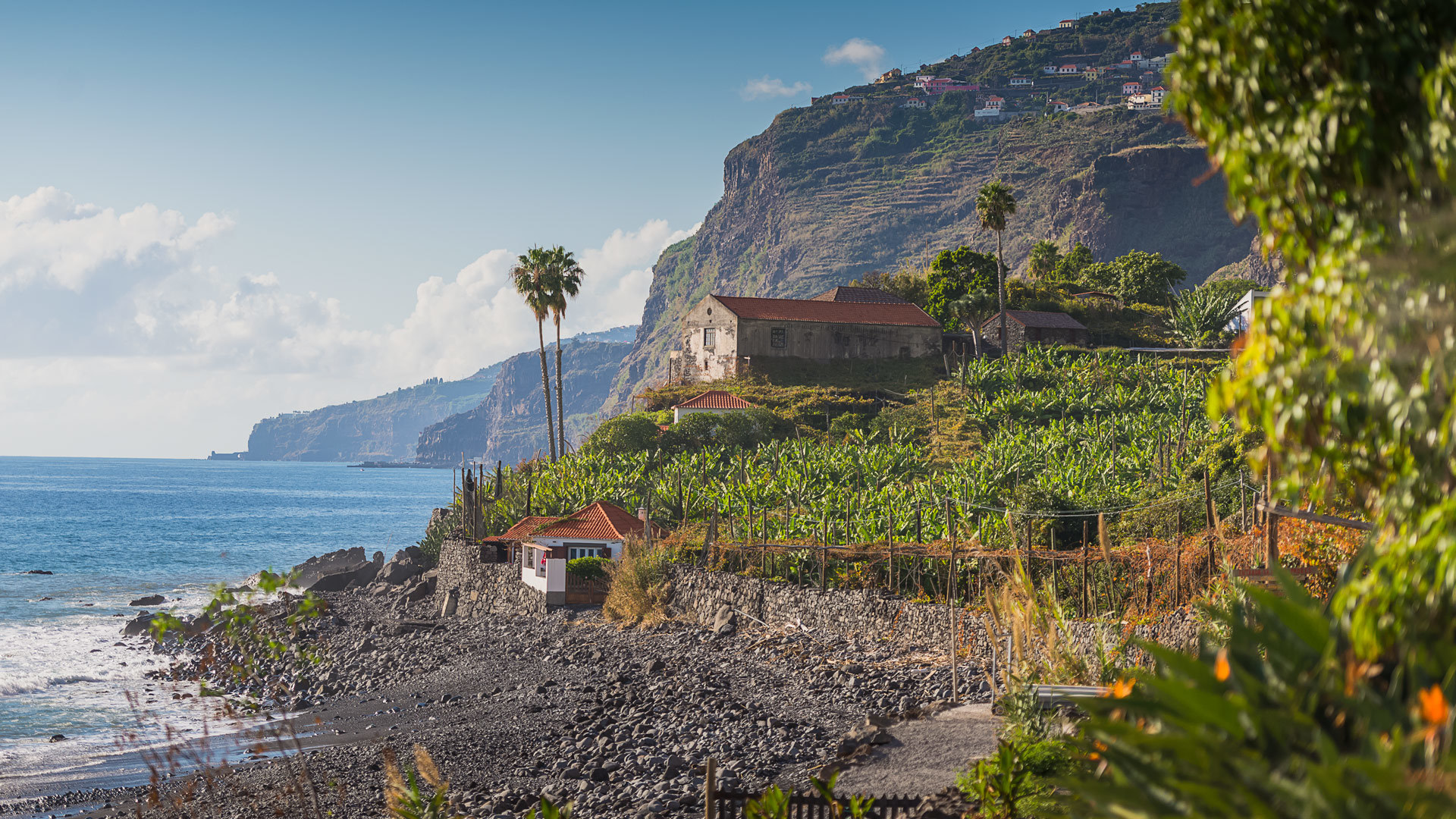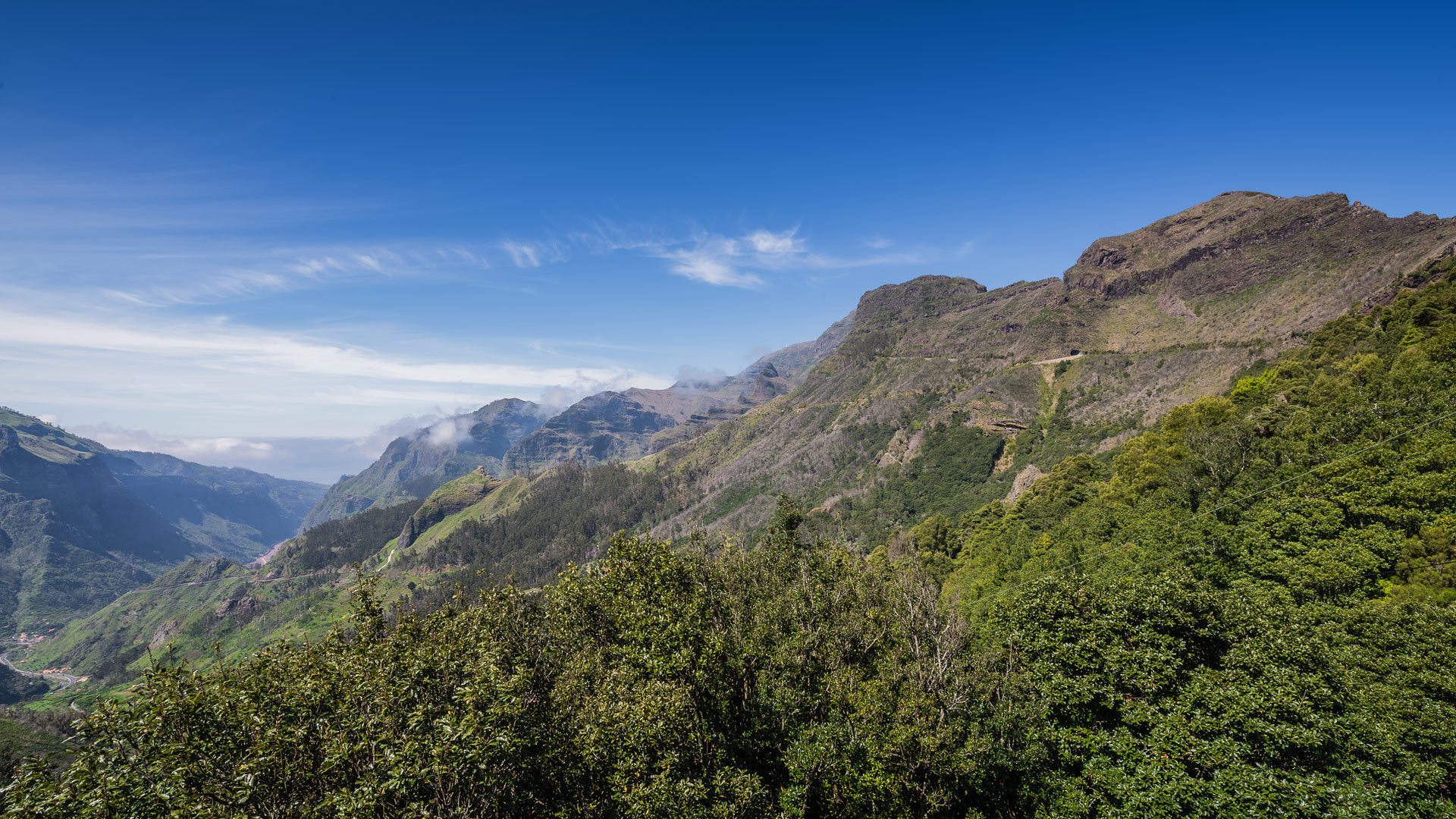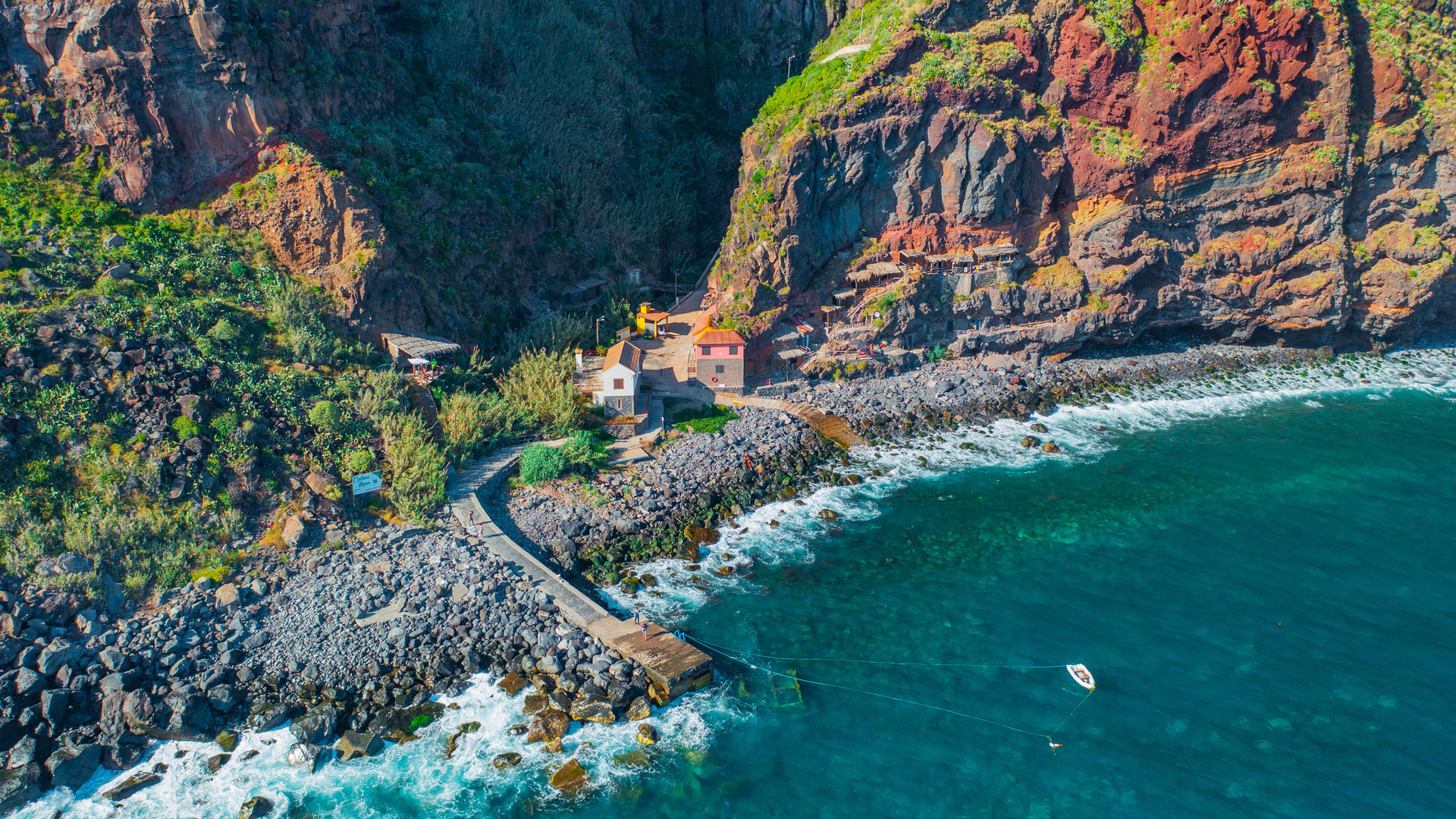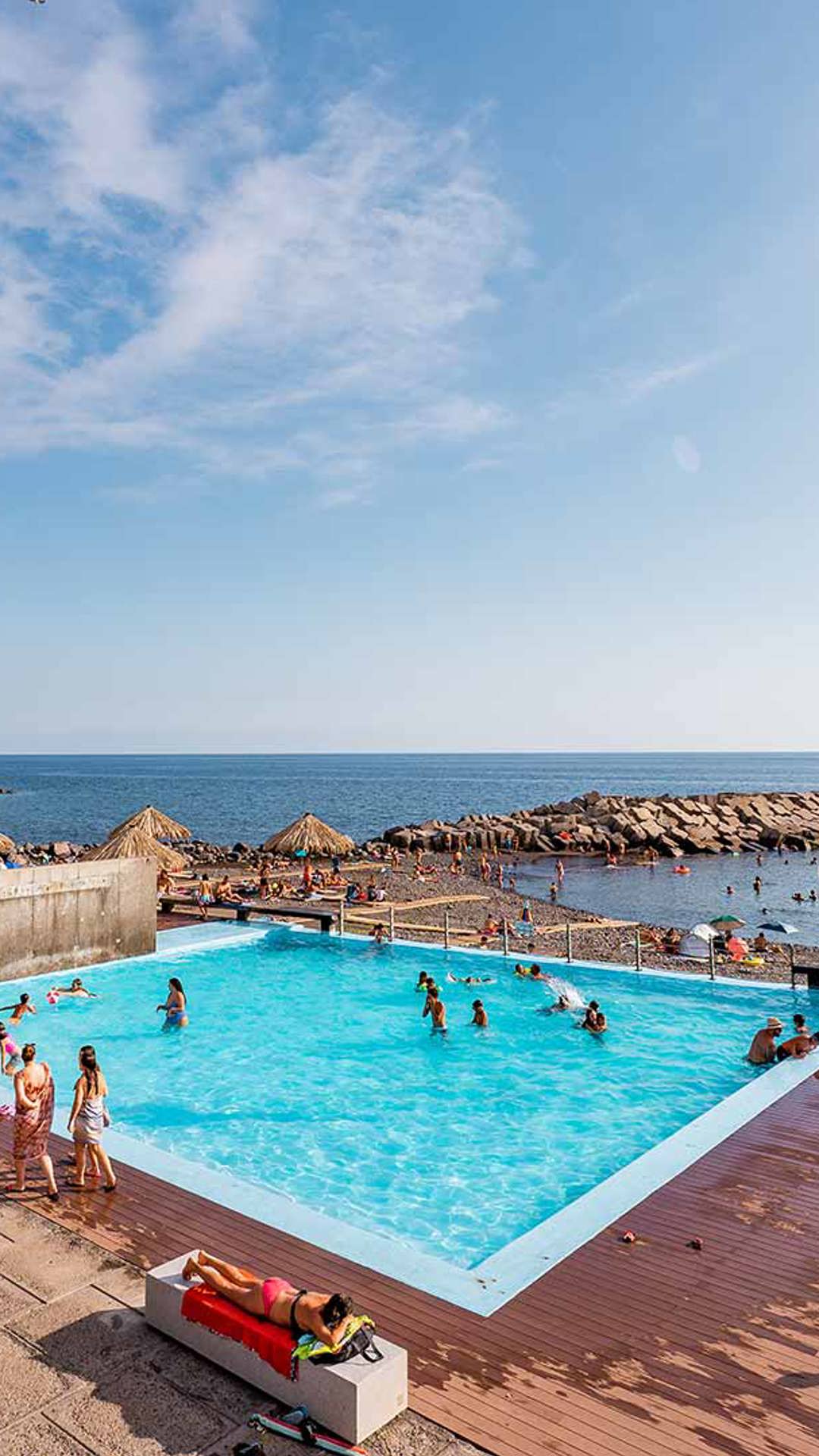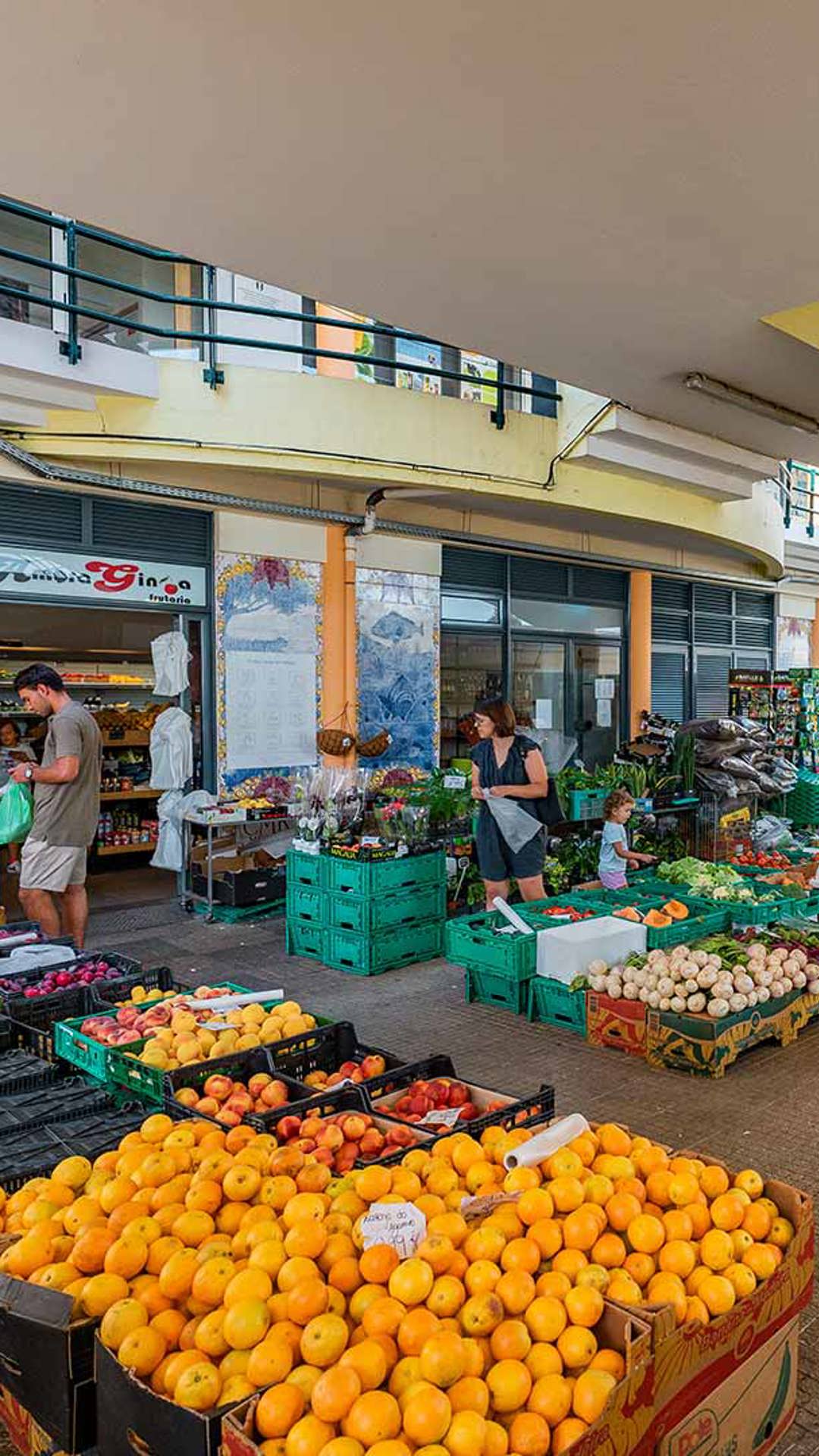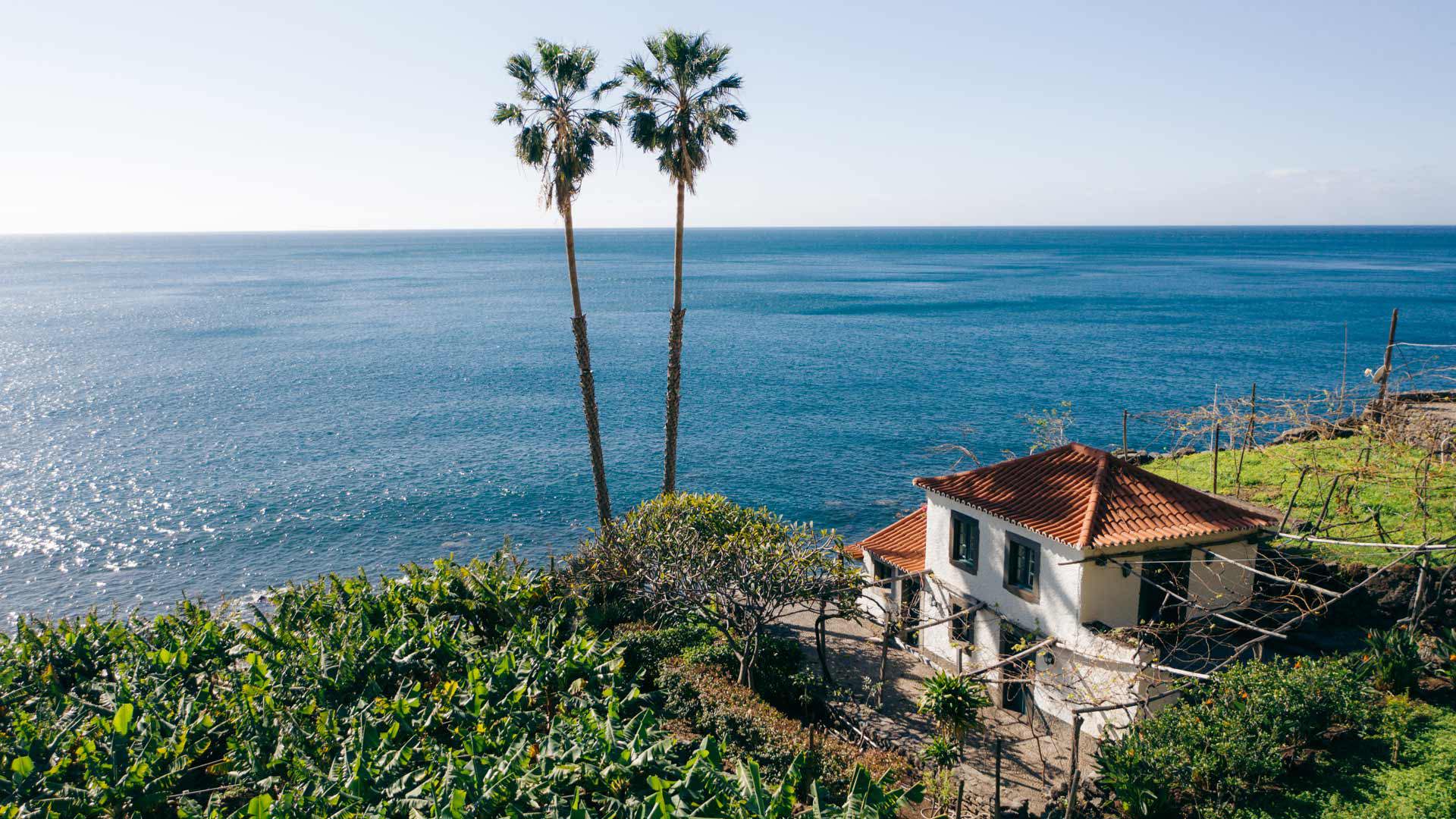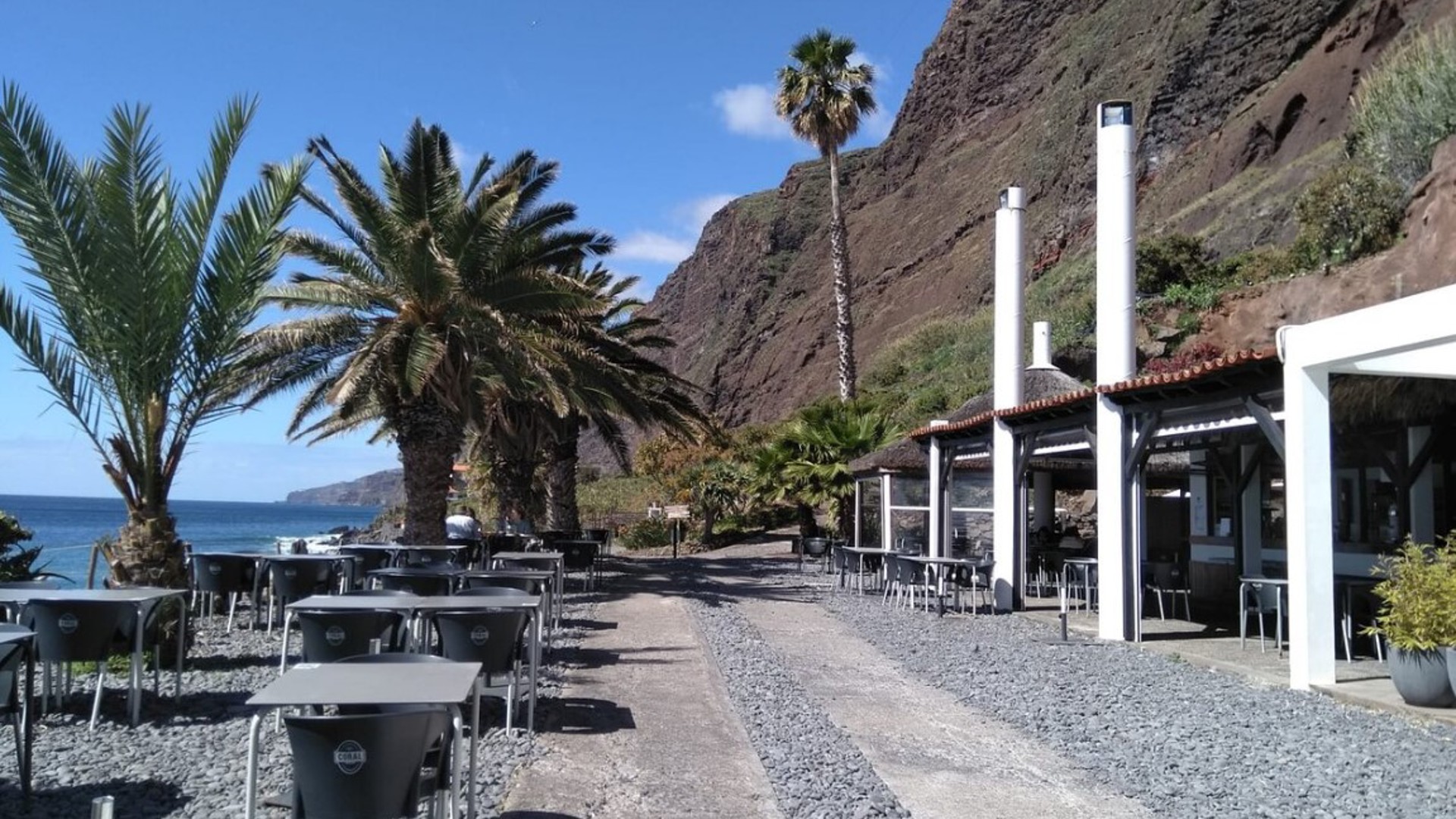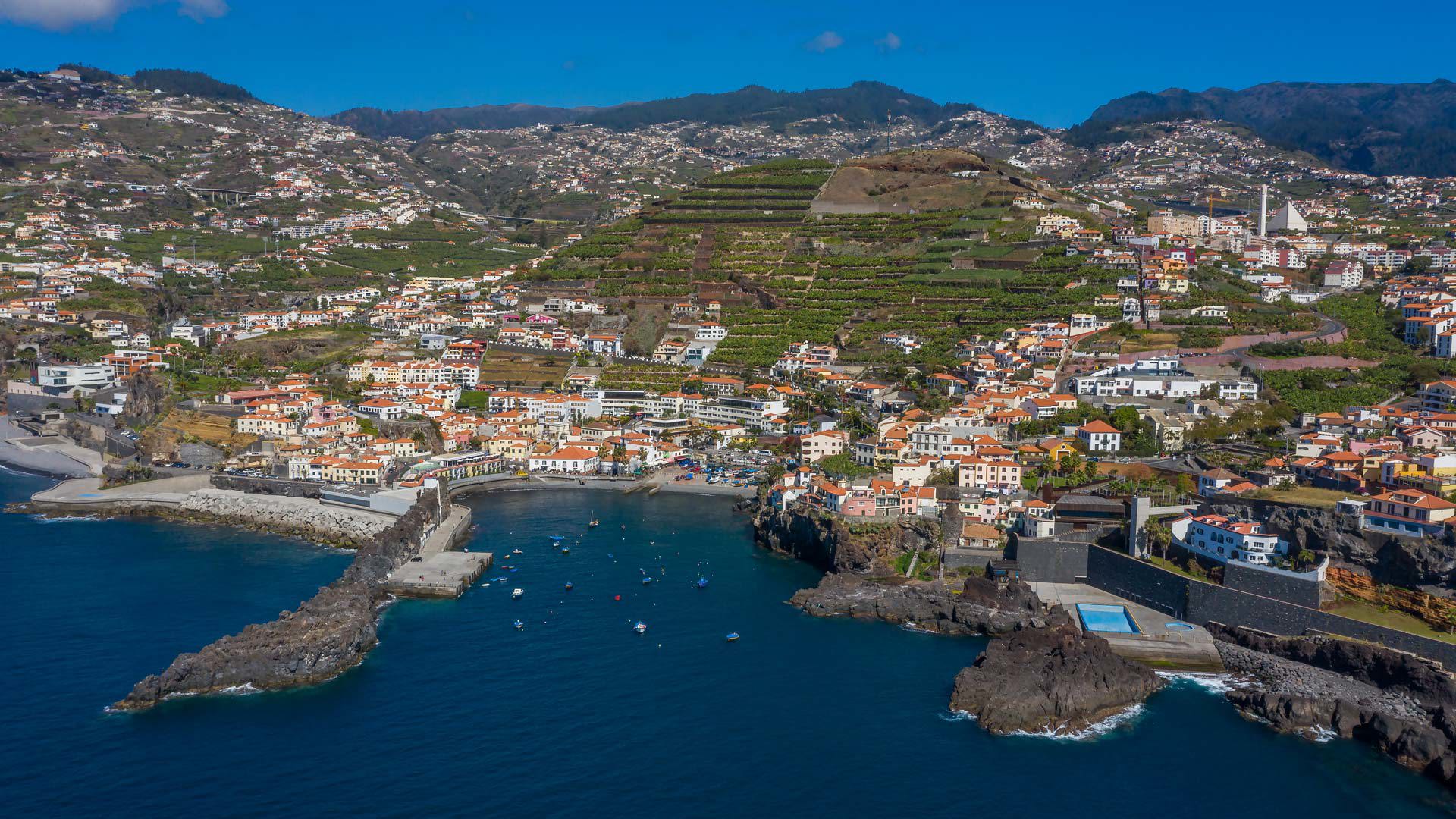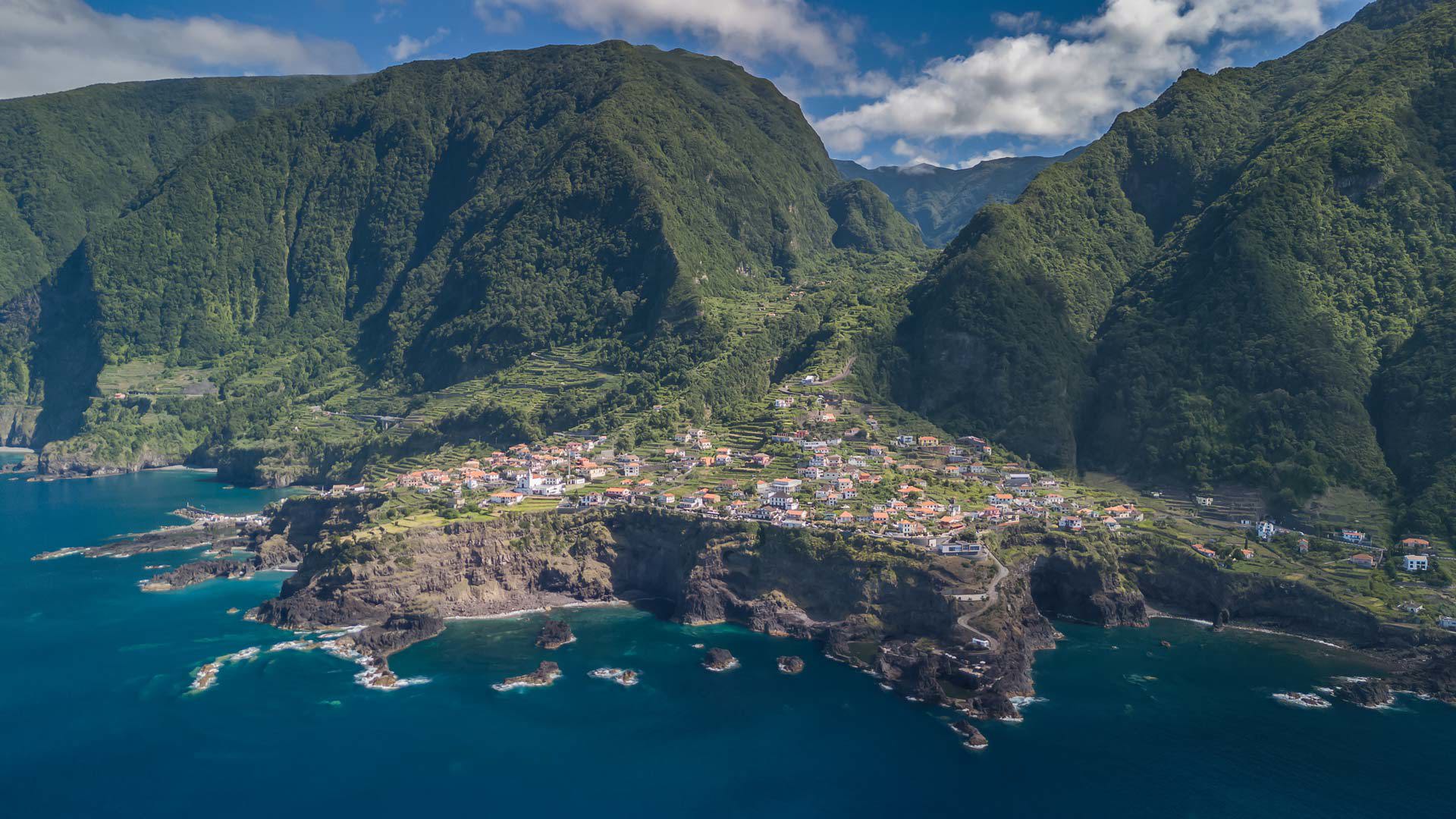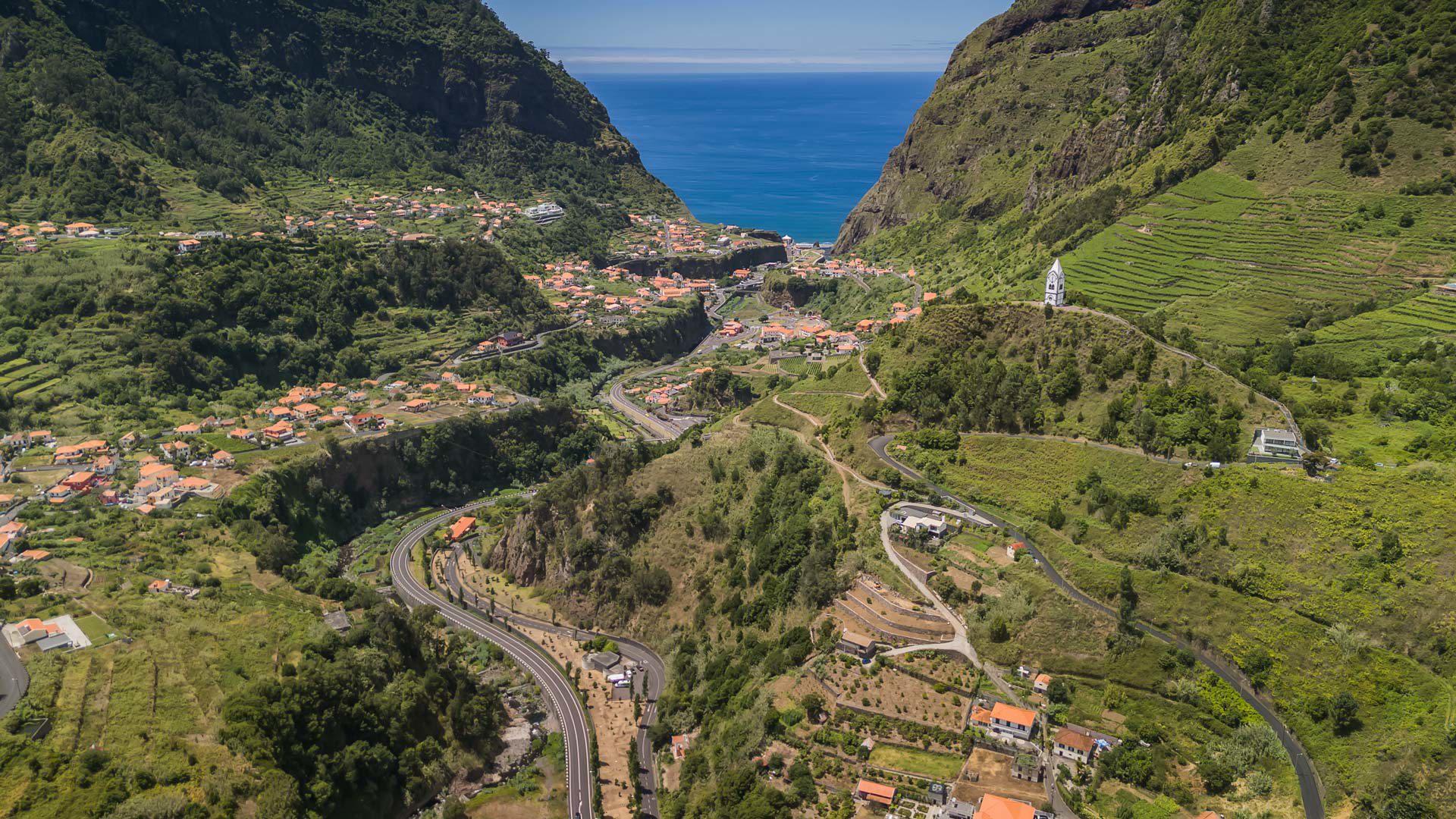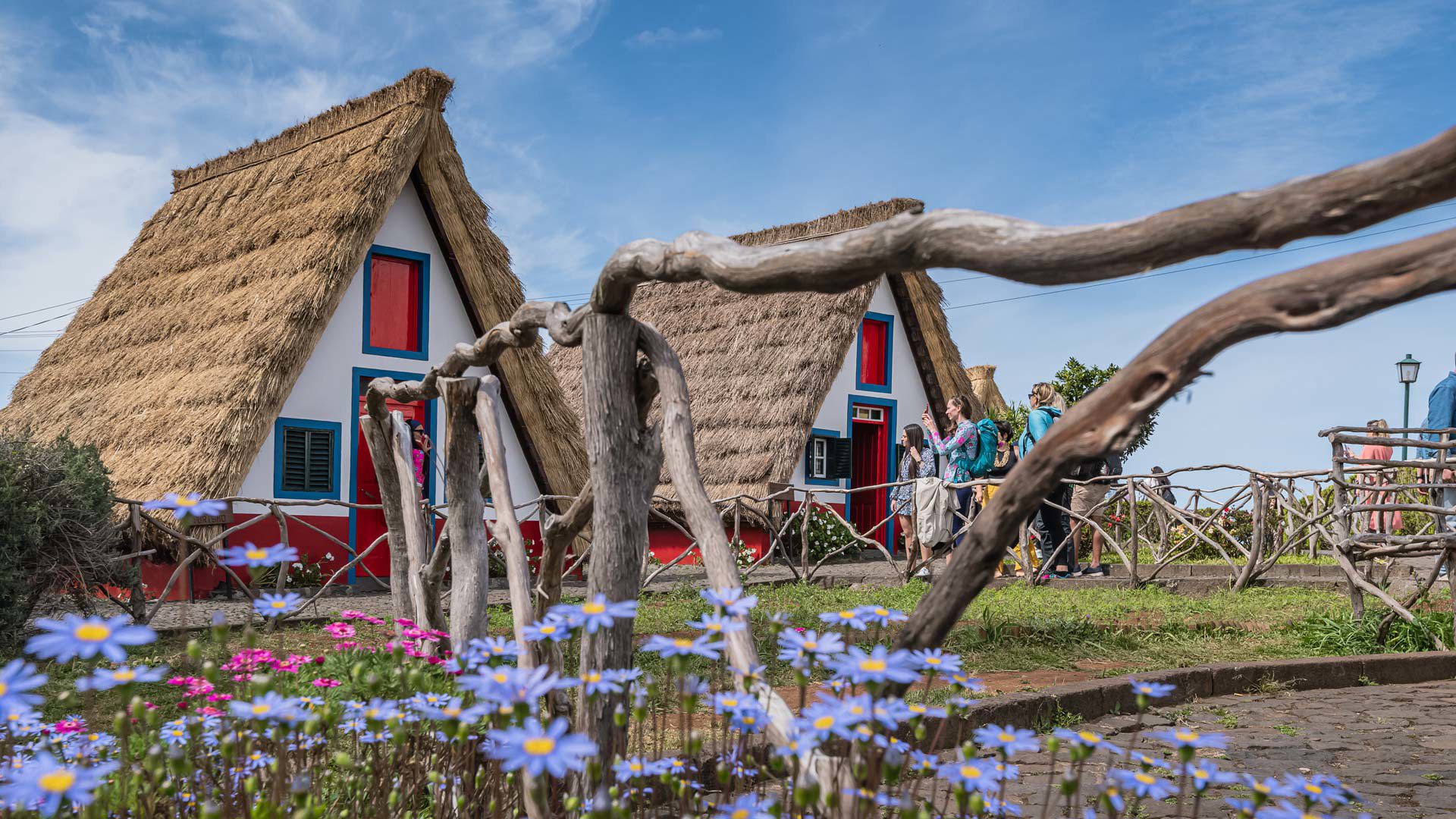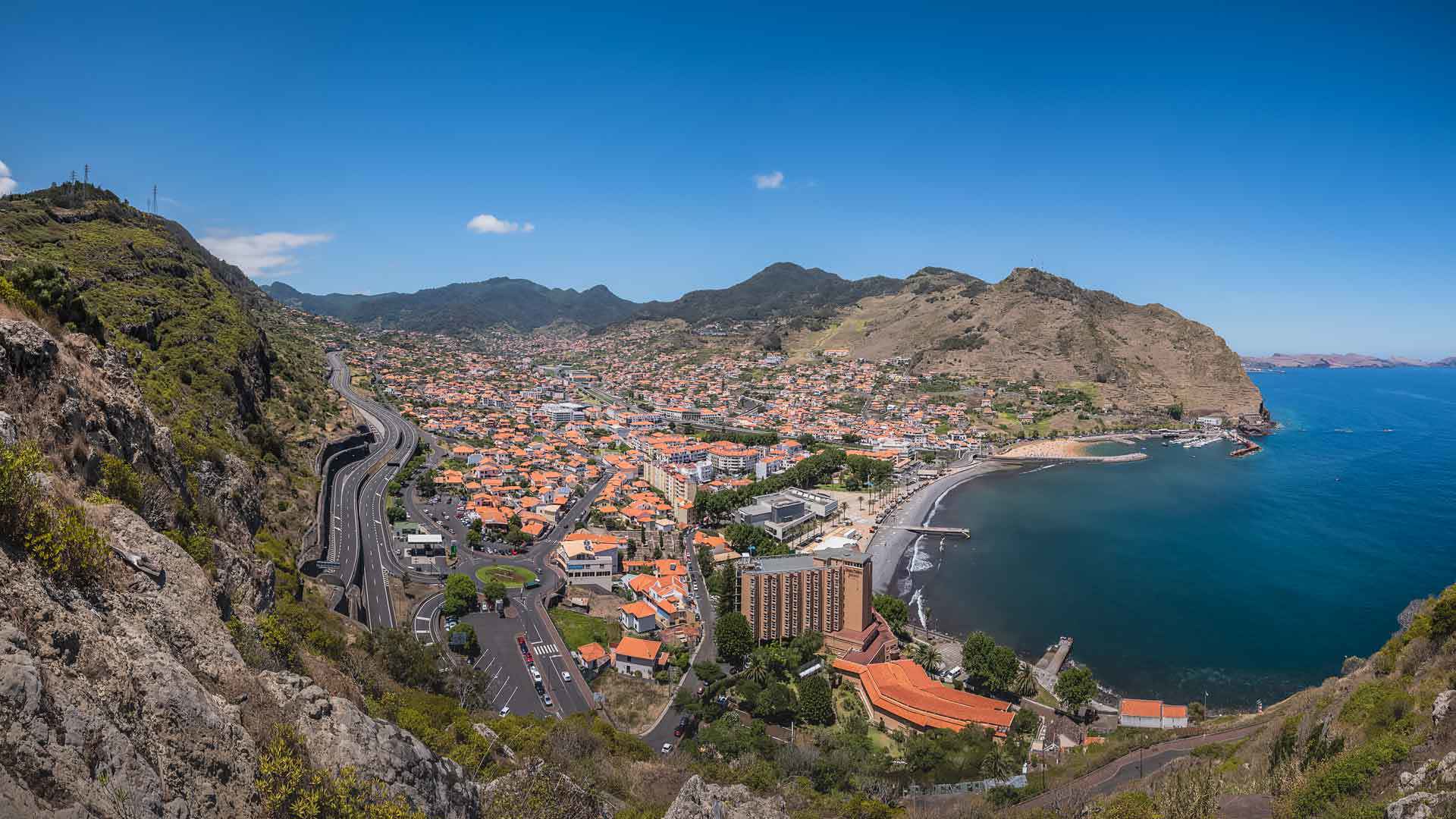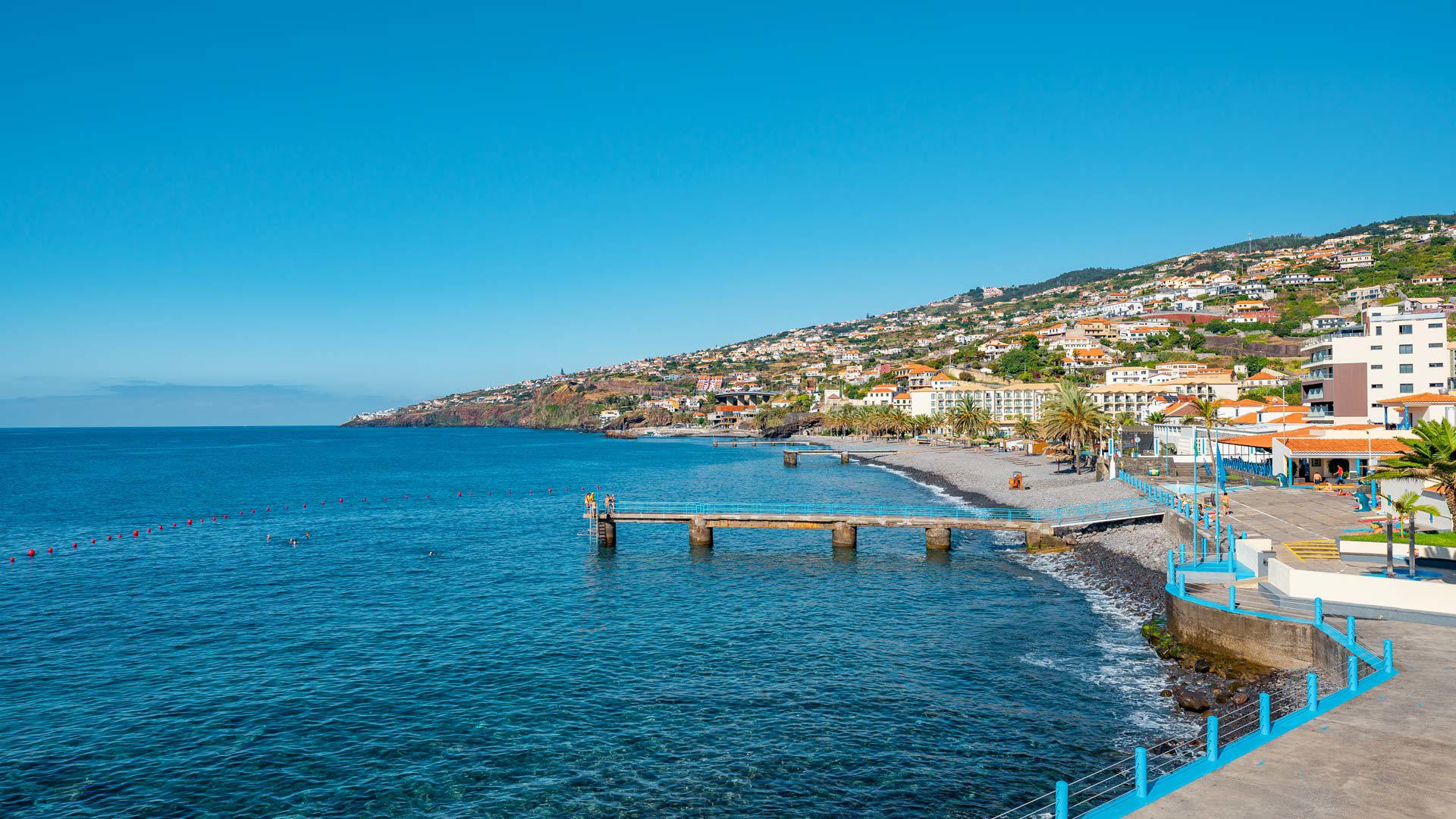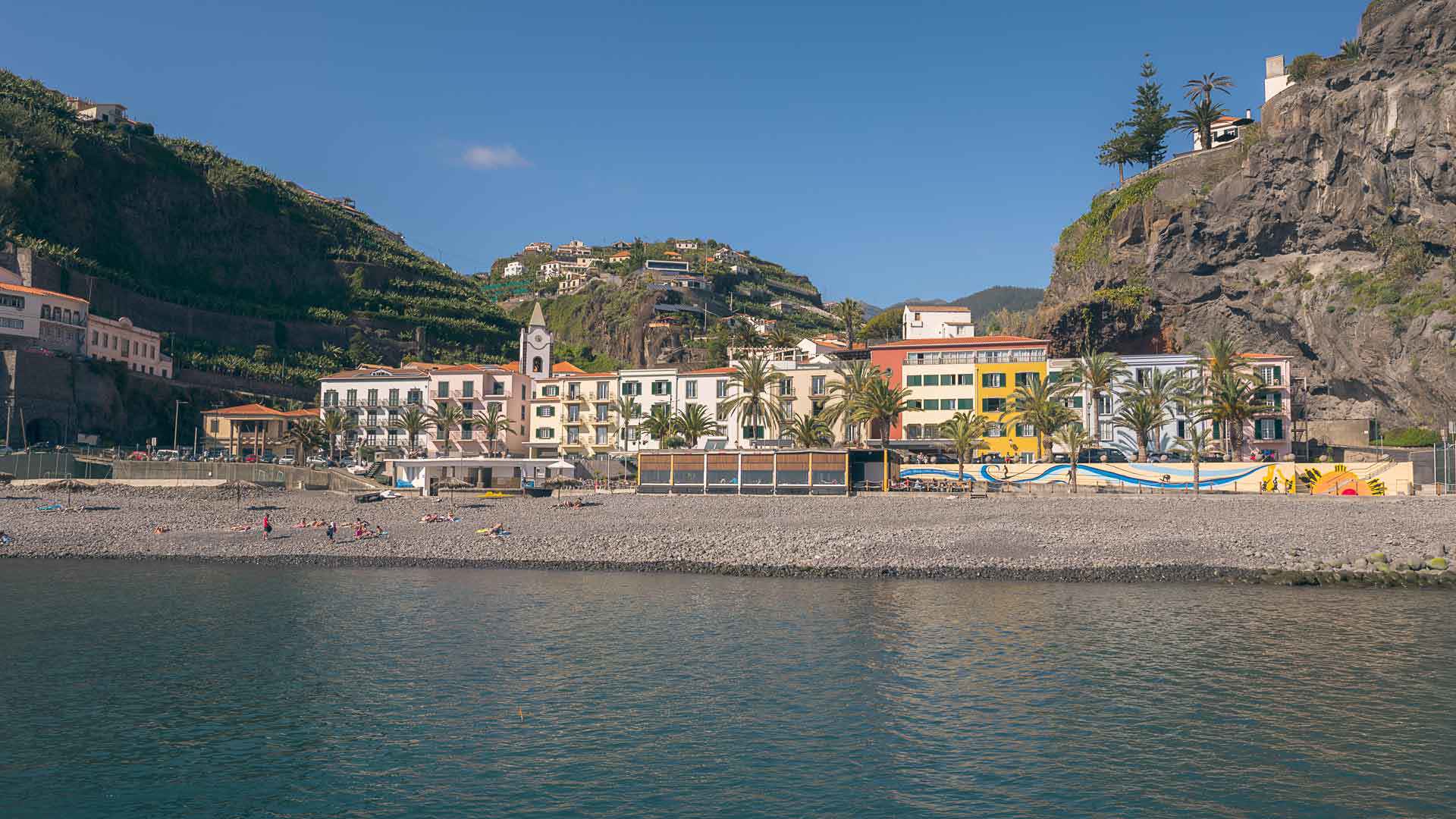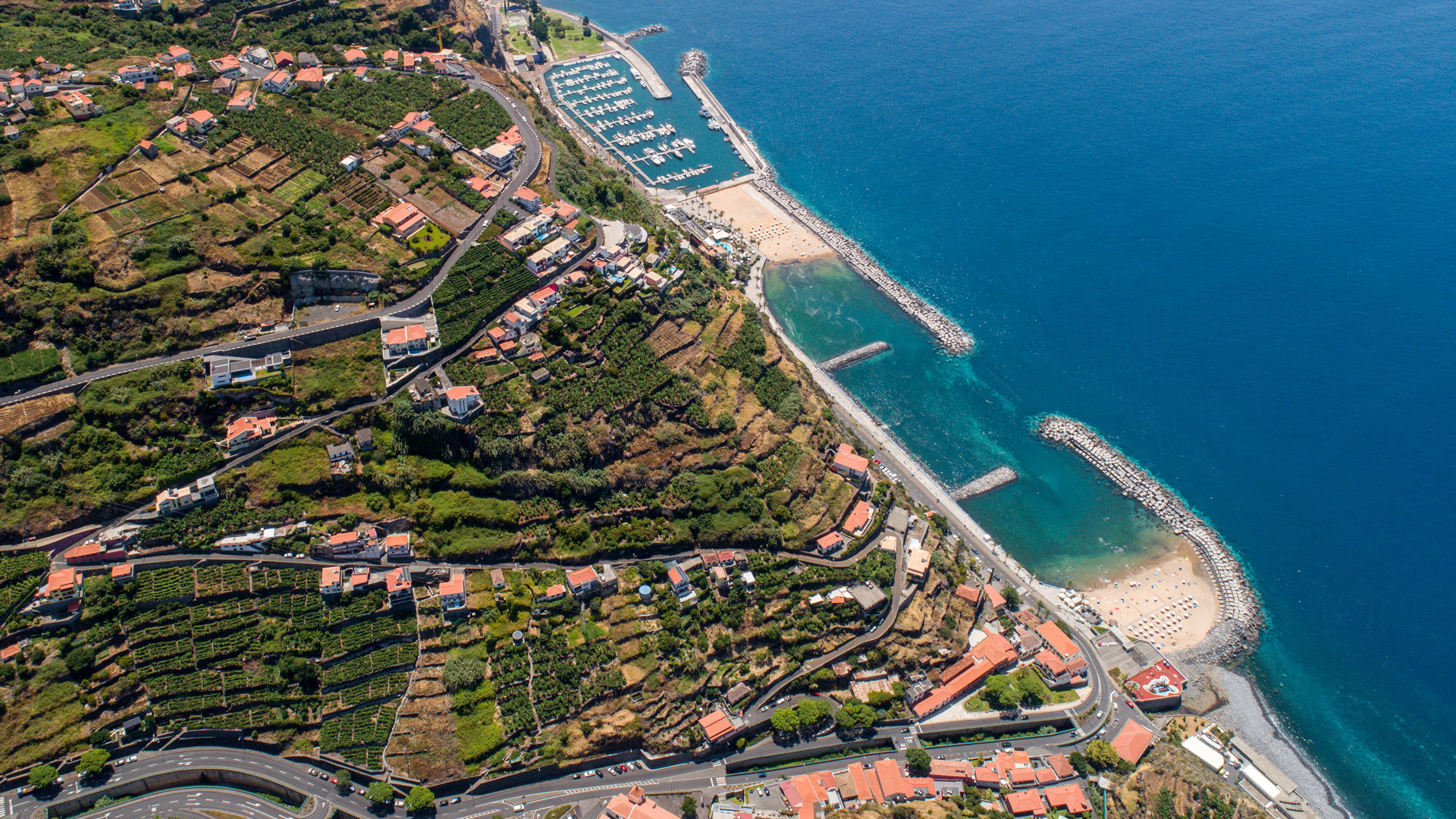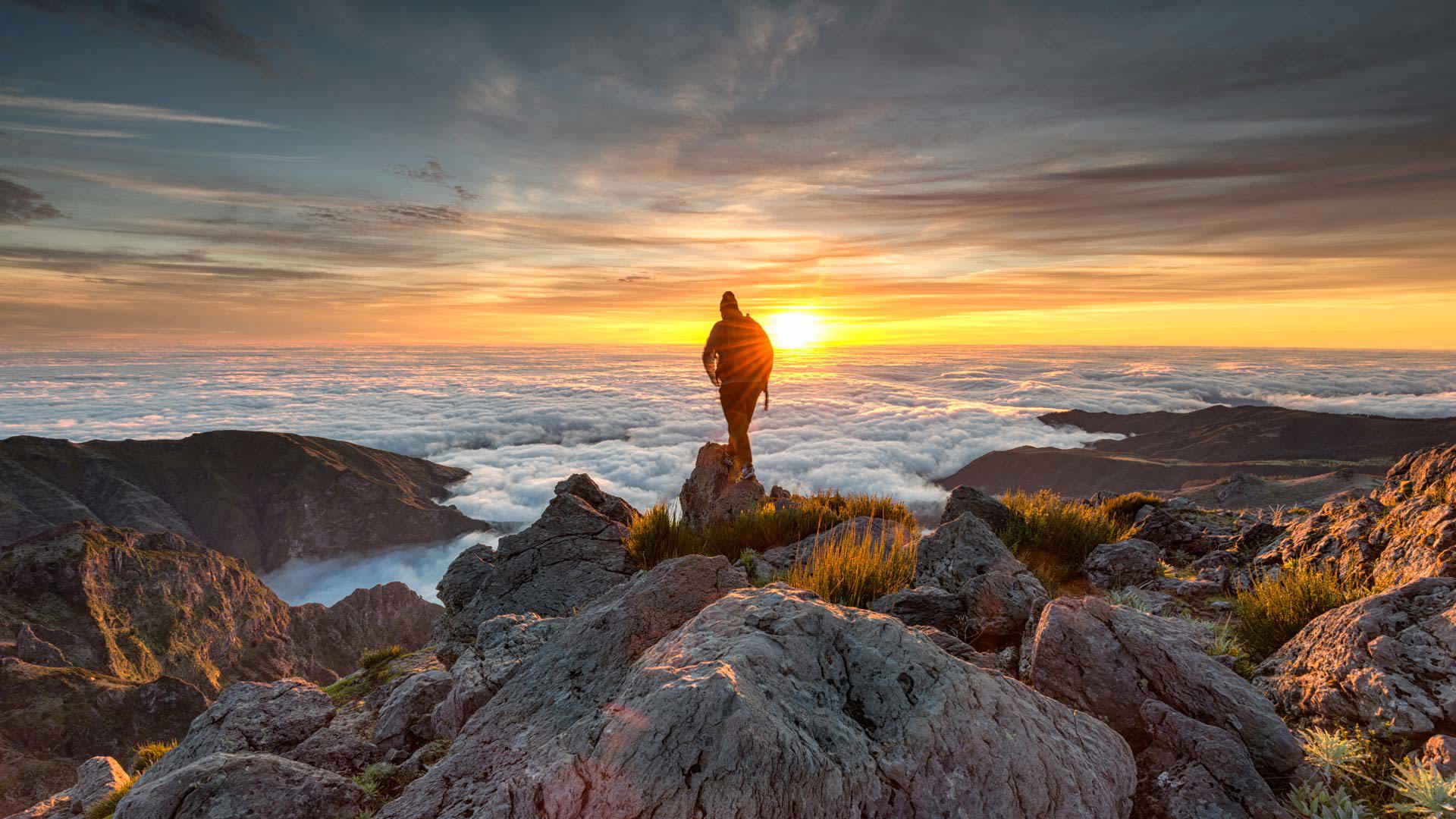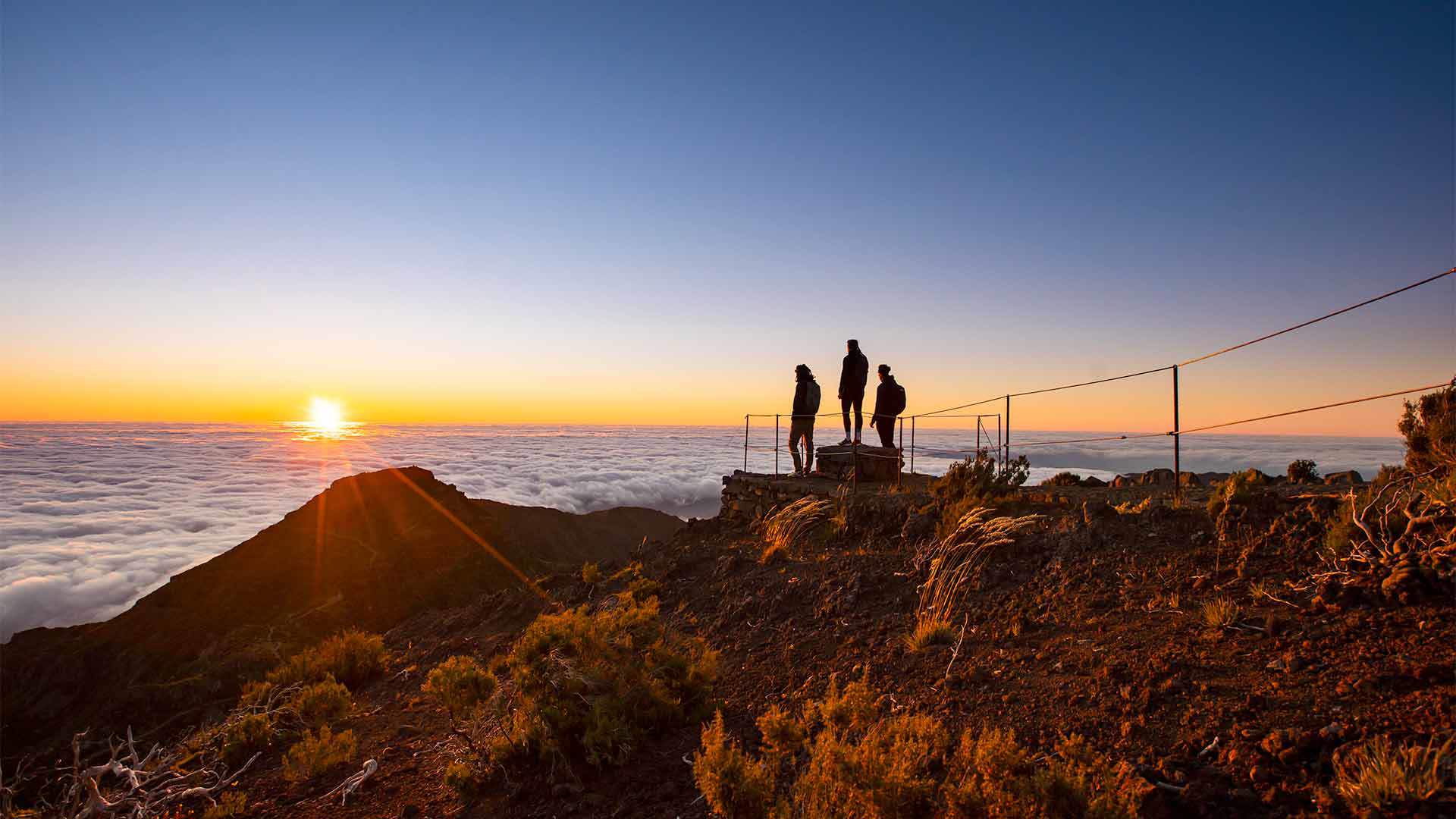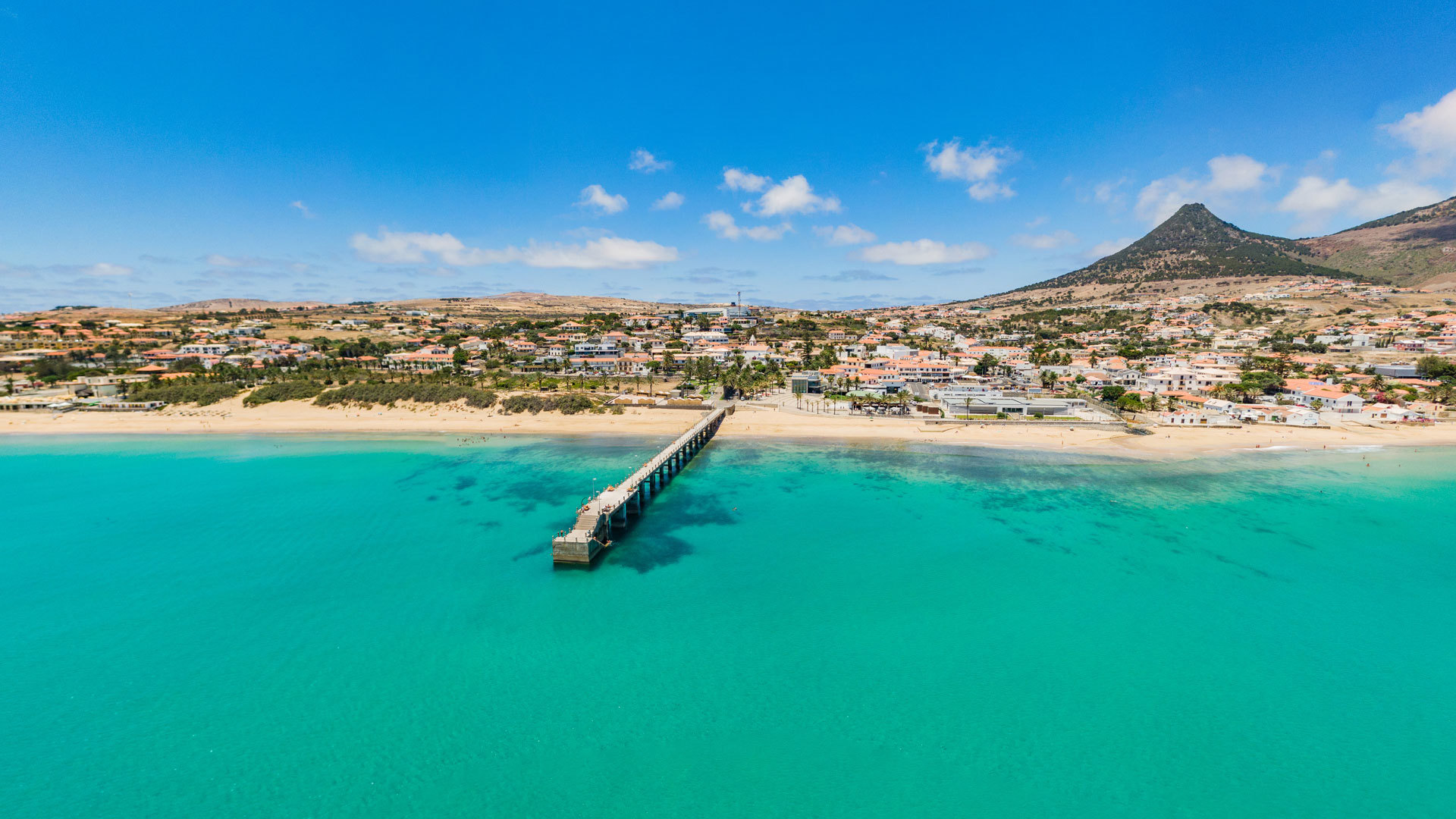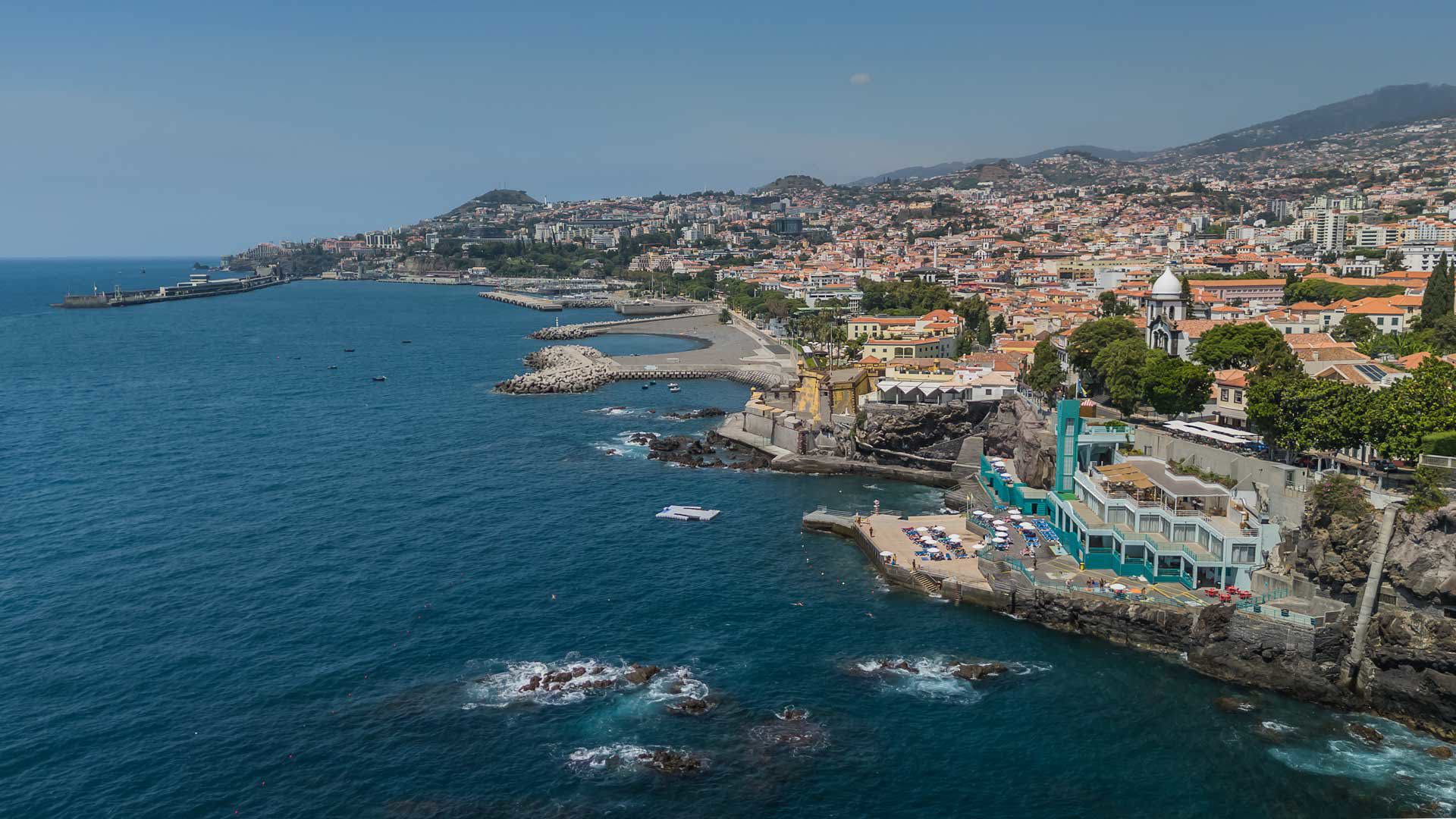Ribeira Brava
The valley, the mountain and fertile land
The municipality of Ribeira Brava benefits from the privileged climate felt on the west coast of the island almost all year round. From the highest areas, in the mountains, to the places along the coastline, this municipality offers visitors a wide variety of points of interest to visit and landscapes to contemplate.
The parish of Ribeira Brava, elevated to town on 26 May 1928, was so named after the water line, with a wild flow, that crosses it. Besides a valuable natural heritage, this town is also home to an important cultural heritage mirrored in places like the Madeira Ethnographic Museum.
In addition to Ribeira Brava, this municipality includes three other parishes: Campanário, which includes the famous Fajã dos Padres; Serra de Água, surrounded by green hills; and Tabua, located by the sea. It is currently a territory with a total extension of 65.10 km² and about 13,000 inhabitants.
Agriculture is the main economic activity in this municipality. The fertility of its soil, as well as the climate conditions, allow for the cultivation of some of Madeira's most typical products, such as sweet potato, sugar cane, vineyards, bananas and other exotic fruits.
The municipality of Ribeira Brava benefits from a privileged climate and exhibits a diverse natural heritage and landscape. Some of Madeira's most famous regional products are grown here.
